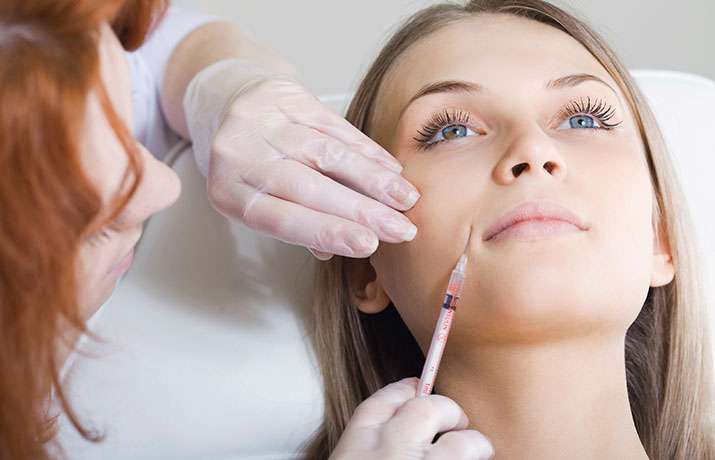Is portable monitoring for diagnosing obstructive sleep apnea syndrome suitable in elderly population?
Jéssica Fabia Polese, Rogerio Santos-Silva, Paula Martins de Oliveira Ferrari, Denis Eduardo Sartori, Sergio Tufik and Lia Bittencourt
Purpose : Obstructive sleep apnea syndrome (OSAS) is highly prevalent in the elderly. Unattended, at-home portable monitoring (PM) is a diagnostic alternative to polysomnography in adults with high clinical probability of OSAS. However, no studies have evaluated the diagnostic accuracy of PM in elderly population. The aim of our study was to evaluate the effectiveness of PM in elderly patients.
Methods: We selected patients aged over 65 years with suspected OSAS. Two-order randomized evaluations were performed: one night of at-home PM (PMhome) and one night of simultaneous PM and polysomnography (PSG) in the sleep lab (PSG+PM). We obtained three different apnea–hypopnea index (AHI): AHI from PSG (AHI PSG), AHI from at-home PM (AHI PMhome), and AHI from PM+PSG (AHI PM+PSG). Two technicians, blinded to the recording order, scored each sleep study.
Results: We studied a total of 43 patients. No difference between the AHI values for each of the different recordings was found (p > 0.05). There was good correlation between AHI PSG and AHI PMhome (r = 0.67) and AHI PSG+PM (r = 0.84). The area under the receiver operator curve was above 0.83, indicating good sensitivity and a positive predictive value for AHI with cutoffs of 5, 15, and 30 and good specificity and negative predictive value for AHI values above 15. Correlation, accuracy, and agreement were greater when the recordings were made simultaneously.
Conclusions: Portable Monitoring (Home Sleep Testing) was effective for diagnosing Obstructive Sleep Apna (OSAS) in the elderly and can be used as an alternative to PSG in elderly patients with a high clinical probability of OSAS.

